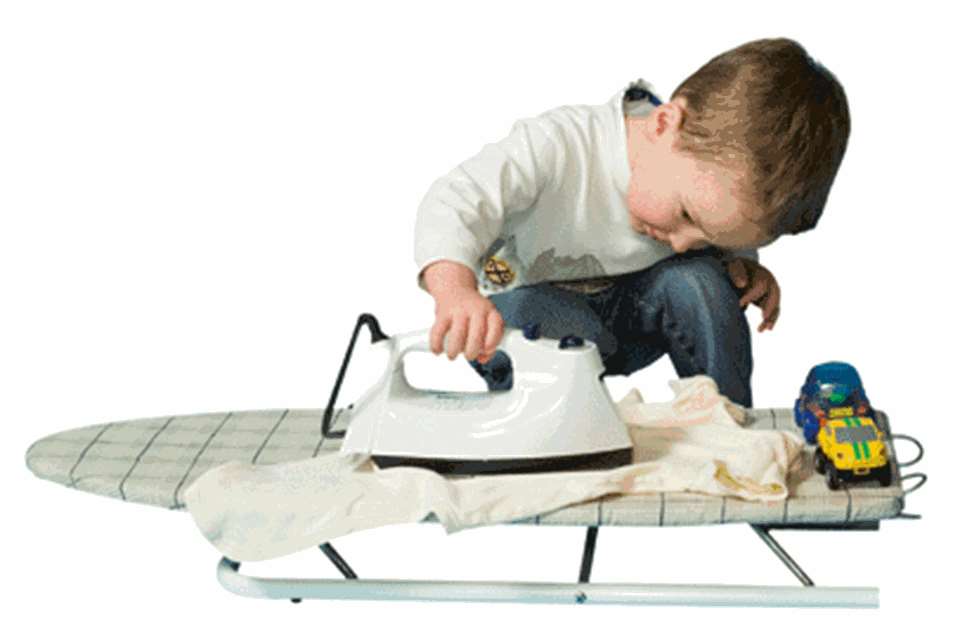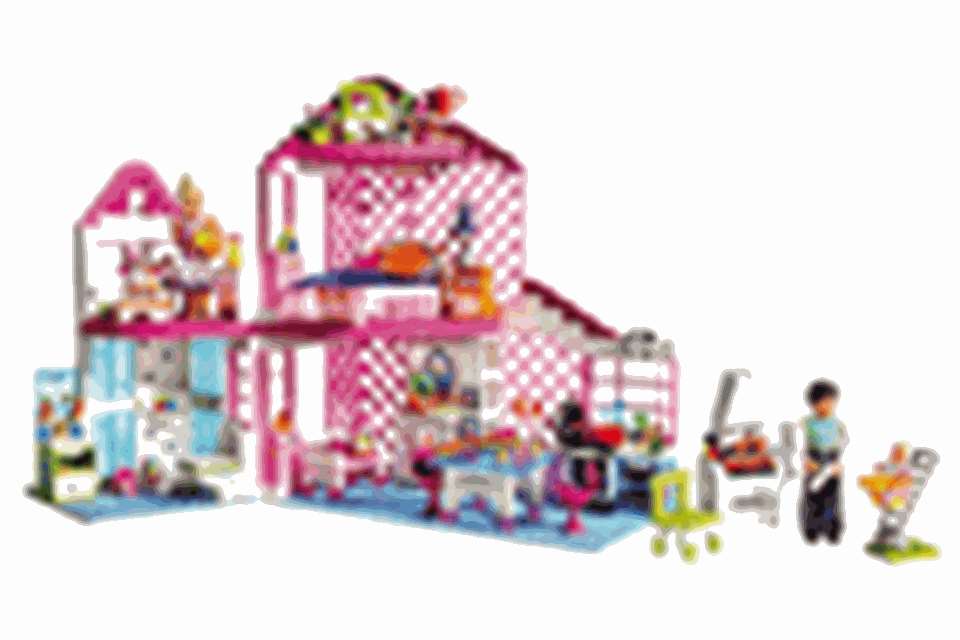Positive Relationships: Behaviour - Colour coded?
Kay Mathieson
Monday, May 19, 2014
Gender stereotyping in clothes and toys is the subject of much debate, but it is vital to recognise why children use 'girly/boyish' signals and to give positive messages, Kay Mathieson explains.

 A three-year-old girl in our nursery is obsessed with all things pink and now wants a Barbie for her birthday. Her mother tries to persuade her to wear other colours but with no success. The mum is concerned about the gender divide in children's clothes and toys, and worries about any lasting impact this stereotyping may have on her daughter's self-esteem and self-perception. Is she right to worry and how can we reassure her?
A three-year-old girl in our nursery is obsessed with all things pink and now wants a Barbie for her birthday. Her mother tries to persuade her to wear other colours but with no success. The mum is concerned about the gender divide in children's clothes and toys, and worries about any lasting impact this stereotyping may have on her daughter's self-esteem and self-perception. Is she right to worry and how can we reassure her?
 Since the early 19th century, the fashion for clothing babies has changed from all children, male and female, wearing white frilly dresses, to putting boys in pink and girls in blue, and to the opposite of that today. The strong identification of pink for girls and blue for boys is currently the focus of much debate.
Since the early 19th century, the fashion for clothing babies has changed from all children, male and female, wearing white frilly dresses, to putting boys in pink and girls in blue, and to the opposite of that today. The strong identification of pink for girls and blue for boys is currently the focus of much debate.
Although there is little evidence of any biological basis for such colour preference, concerns are raised about stereotyping not just through colours but also choice of toys for young children. Both parents and practitioners in early years regularly voice concerns about how they should respond to 'girly' and 'boyish' choices. The anxiety for most is the longer-term effects on children's understanding and perceptions of gender and their roles in our society.
LEARNING ABOUT OURSELVES
Developmentally, we know that at around three years old, children are particularly aware of gender - their own and that of others. As they are establishing their identity as an individual, they also recognise their affiliation with particular groups. Cognitively, children are engaged in working out ways in which they are similar to or different from others.
Gender is the most obvious categorisation: 'As a girl, I am the same as other girls and, therefore, different from boys - but I am still working out how to tell the difference between male and female.'
It is likely that the child knows through experience that there are physical differences between boys and girls, but how do they know the difference when someone has their clothes on?
At this early stage of understanding gender identity, children are often unsure whether, for example, your gender changes depending on what you wear, what colour you wear, what you play with or what you do. Typical conversations at this stage demonstrate how children are trying to put together information and make sense of its meaning:
'Mummy, are you a boy?'
'What makes you think I am a boy?'
'You are wearing stripes today and boys wear stripes.'
At this period of exploration and understanding of gender and identity, it is important to recognise that children are using a range of ways to confirm their understanding. The complicating factor, I would suggest, is the marketing potential that this has offered to clothing and toy manufacturers. Consumerism is a strong social influence and children are as susceptible as the rest of us, if not more so.
HELPING CHILDREN MAKE SENSE OF THE WORLD
So, at around three years old, we have a cocktail of children trying to work out the social signals indicating gender and their own identity, parents with often strong views about stereotyping and the 'marketing machine'.
Thinking from the perspective of the child in order to make sense of their developmentally appropriate preoccupation with identity and gender, adults need to respond sensitively to their enquiries and support their thinking.
The gradual realisation that, although there are physical differences in boys and girls, there are wider differences in the 'girlness of girls' and the 'boyness of boys' is hard to decipher as a three-year-old. But it is important to remember that, by around seven years old, children have learned a lot more about being an individual, including similarities and differences between boys and girls.
Adults who recognise that questions and conversations like the example given are about working out this thinking will respond by helping the child to build their understanding gradually. This needs to include the fact that girls are able to play with the trucks, climb and run fast, and boys are able to play with dolls, be on the swing and sit quietly, and that engaging in these activities does not 'change' your gender.
Supporting children to recognise characteristics other than gender is also important. For example, those who enjoy and are good at climbing, reading, pretend play and so on are demonstrating their own skills, abilities and enjoyment, none of which are dependent on their gender. Importantly also, adults in the child's life should not be suggesting that particular activities are more acceptable for boys than girls, or vice versa.
JUST A PHASE?
The 'pink' phase seems to be a temporary time when the developmental need to understand identity gets linked with the marketing machine that offers anything pink as a signal of being a girl. Rejection of pink by boys is a similar response.
As we have seen, it has not always been and may not continue to be so. Importantly, there is no evidence to suggest that girls who focus on pink as three-year-olds necessarily go on to have particularly stereotypical views of either their own identity or those of other girls.
As parents and practitioners, the crucial thing is to understand why colour and 'girly/boyish' signals are so important at this time. Based on this, we can ensure that the messages we give on a day-to-day basis highlight positive attributes, skills and engagement in activities regardless of gender.
This means a compromise: enabling children to use the gender signals they perceive as important in a context where they are also learning that girls who like pink can also be great climbers, risk-takers, fast runners, skilled readers, creative and caring; and that, equally, boys who reject anything pink can also be caring, creative, skilled readers, fast runners, risk-takers and great climbers.
MORE INFORMATION
- Delusions of Gender by C Fine (2011)
- Pink and Blue: Telling the Boys from the Girls in America by JB Paoletti (2012), Indiana University Press
- Pink Brain, Blue Brain by L Eliot (2012)
- Pink Frilly Dresses (PFD) and Early Gender Identity by D Ruble, LE Lurye and M Zosuls (2014), Princeton Report of Knowledge. Available from www.princeton.edu/prok/issues/2-2/pink_frilly.xml.












